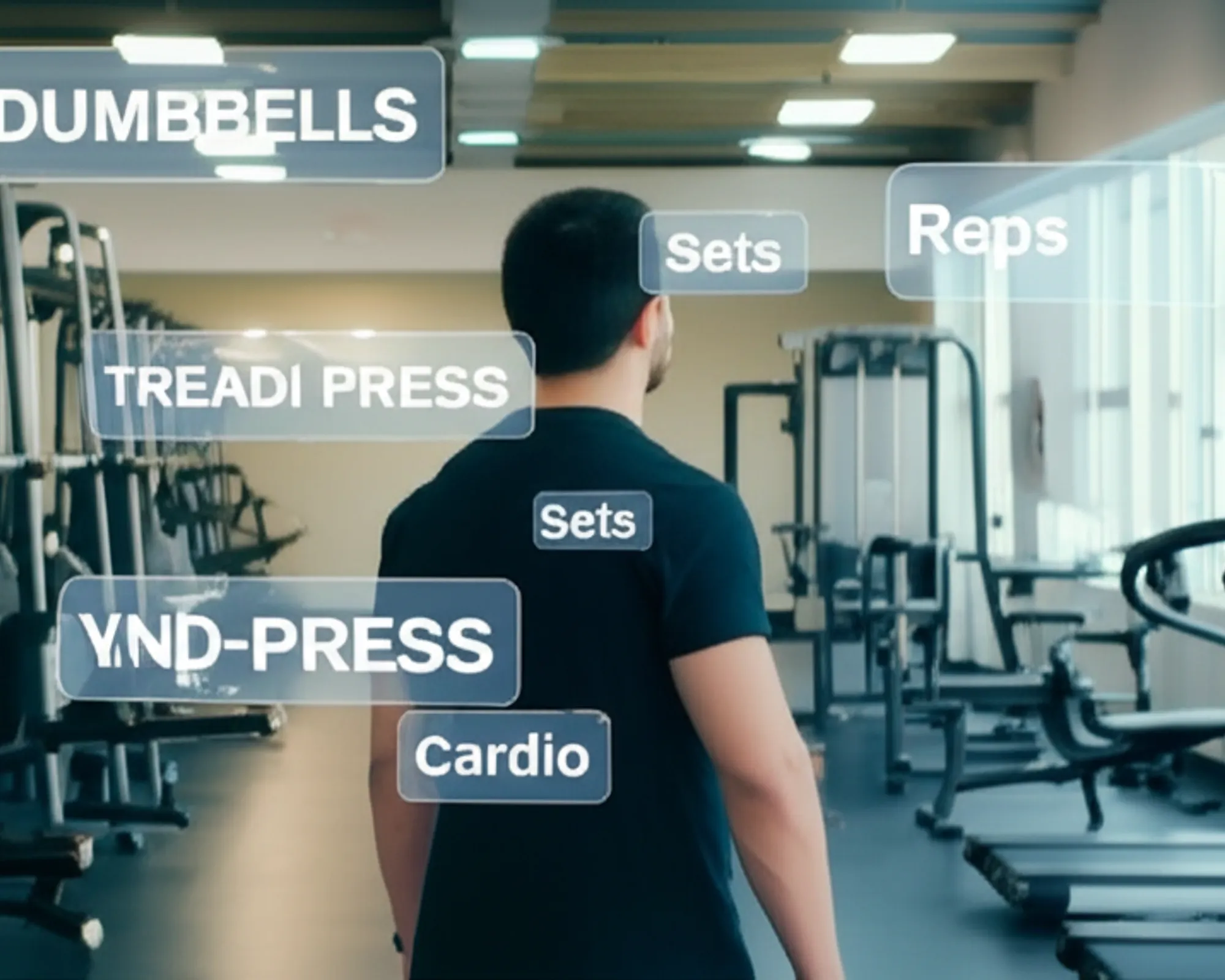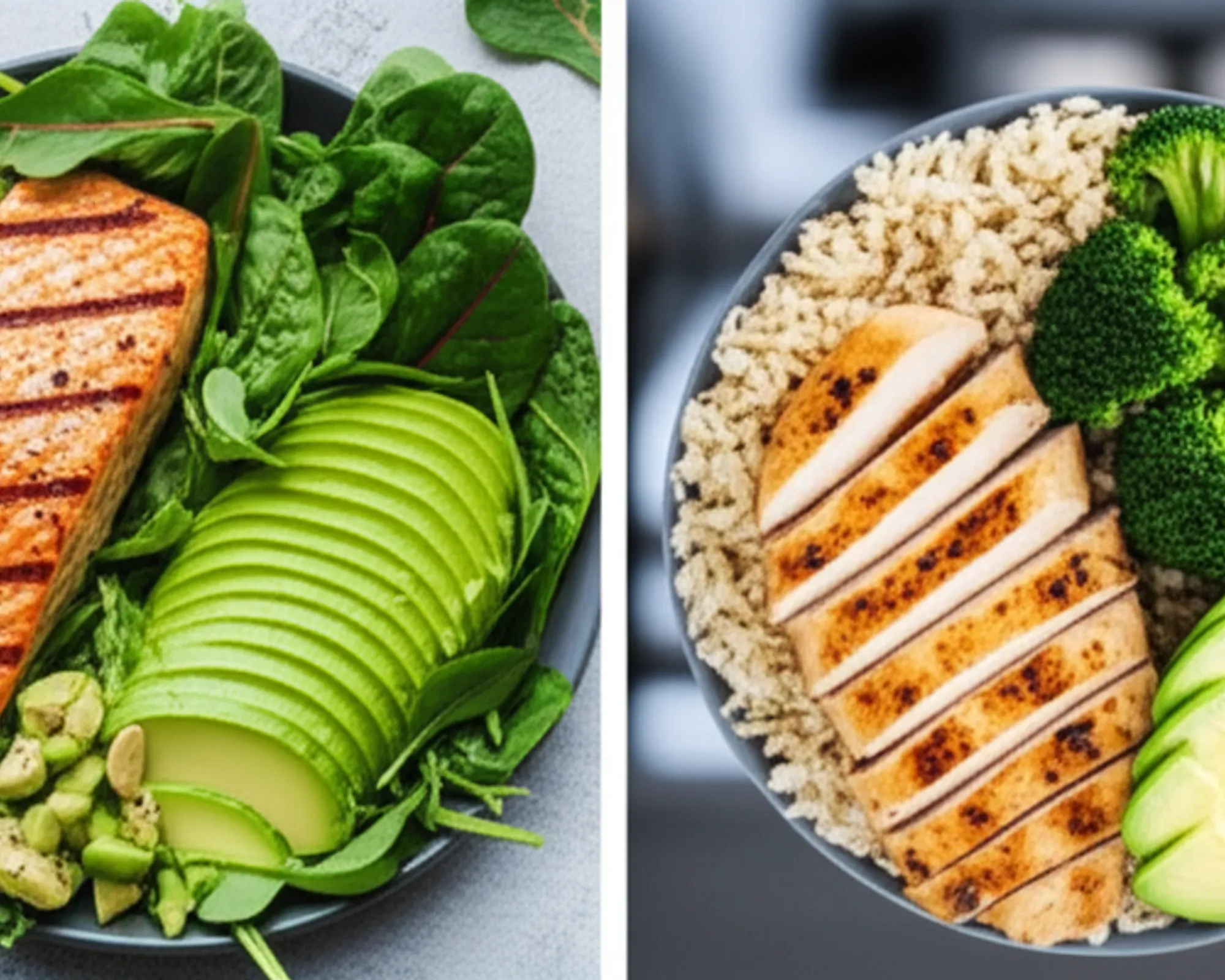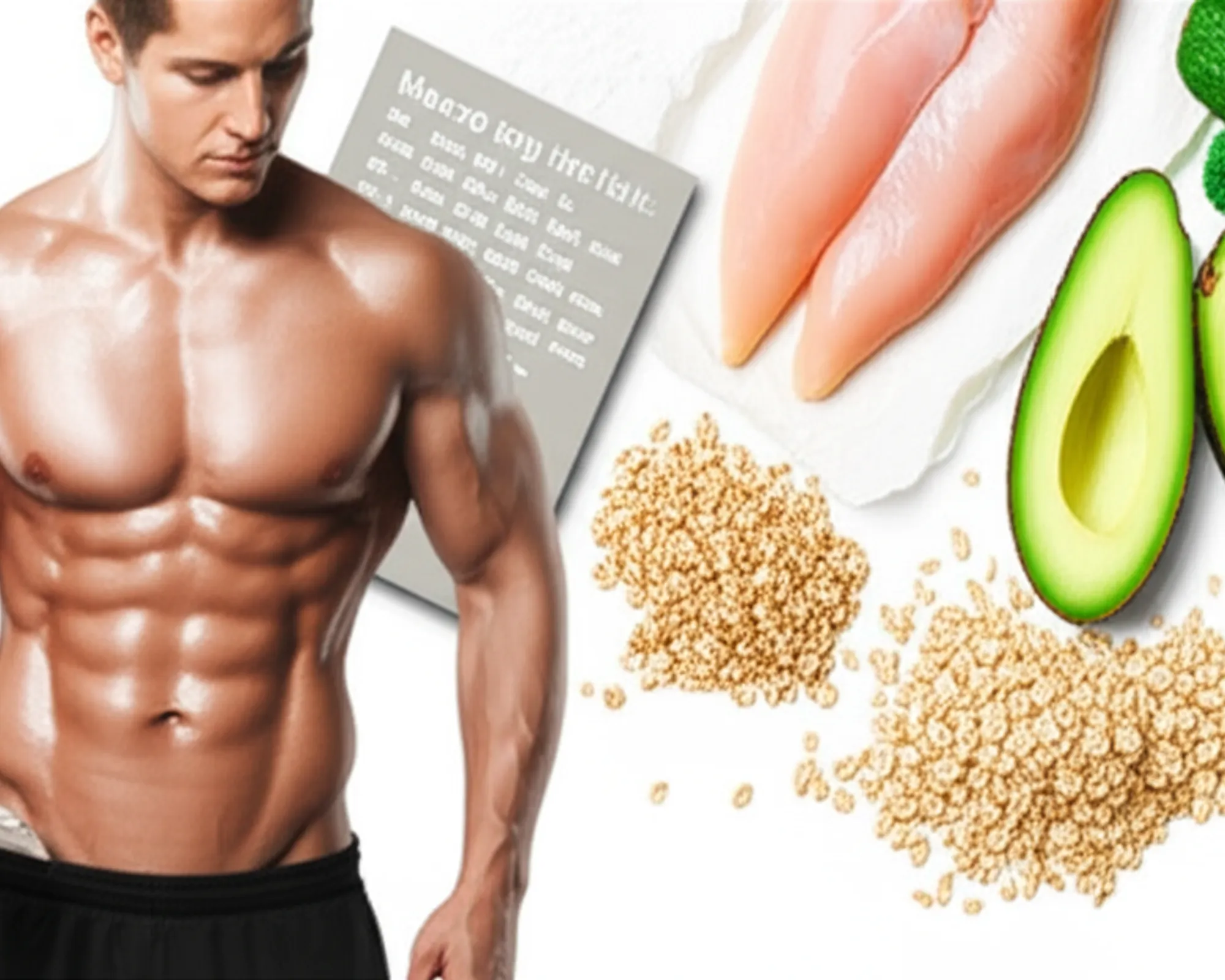The Ultimate Gym Glossary: Terms Every Beginner Should Know

Stepping into a gym for the first time can feel like entering a foreign country where everyone speaks a different language. You hear terms like "reps," "sets," "HIIT," and "DOMS" thrown around, and it's easy to feel overwhelmed. But don't worry – every fitness journey starts with a first step, and understanding the lingo is crucial for building confidence and getting the most out of your workouts. This ultimate gym glossary is designed to demystify the most common terms you'll encounter, turning confusion into clarity so you can navigate the gym like a pro.
Core Concepts & Training Principles
Reps (Repetitions)
Short for repetitions, a "rep" is a single complete execution of an exercise. For example, lifting a dumbbell once is one rep. The number of reps you perform in a set dictates the training effect: lower reps (1-5) typically build strength, moderate reps (6-12) focus on muscle growth (hypertrophy), and higher reps (12+) enhance muscular endurance.
Sets
A "set" is a group of consecutive repetitions of an exercise, followed by a rest period. If you perform 10 bicep curls, rest, and then perform another 10, you've completed two sets of 10 reps. Most workout programs involve multiple sets for each exercise to adequately challenge your muscles.
RM (Repetition Maximum)
This refers to the maximum weight you can lift for a certain number of repetitions. For instance, your "1RM" is the heaviest weight you can lift for just one rep. Your "5RM" is the heaviest weight you can lift for five reps. Understanding your RM helps in programming your workouts to ensure you're lifting an appropriate weight for your goals.
Progressive Overload
The fundamental principle of muscle growth and strength gain. Progressive overload means continually increasing the demands on your muscles over time. This can be done by lifting heavier weights, doing more reps or sets, reducing rest times, improving form, or increasing workout frequency. Without it, your body won't adapt and grow stronger.
Compound Exercises
Exercises that involve movement at multiple joints and work several muscle groups simultaneously. Examples include squats, deadlifts, bench press, and overhead press. Compound movements are highly efficient, burn more calories, and are excellent for building overall strength and functional fitness.
Isolation Exercises
Exercises that focus on a single joint movement and primarily target one specific muscle group. Examples include bicep curls, triceps extensions, and leg extensions. Isolation exercises are great for shaping specific muscles, correcting imbalances, or rehabilitating injuries.
HIIT (High-Intensity Interval Training)
A popular cardio training method characterized by short bursts of intense anaerobic exercise followed by brief recovery periods. HIIT workouts are efficient, burn a lot of calories in a short time, and can improve cardiovascular fitness and fat loss.
LISS (Low-Intensity Steady State)
Cardio exercise performed at a consistent, moderate pace for an extended period (e.g., 30-60 minutes). Examples include walking on a treadmill or cycling at a steady pace. LISS is excellent for improving endurance, recovery, and burning fat, often less taxing on the body than HIIT.
DOMS (Delayed Onset Muscle Soreness)
That familiar stiffness and tenderness in your muscles that typically appears 24-72 hours after an unaccustomed or intense workout. It's a normal physiological response to muscle repair and adaptation, especially for beginners or after changing your routine. Hydration, proper nutrition, and light activity can help alleviate it.
Spotter
A training partner who stands by to assist you during a lift, especially with heavy weights or exercises where you might get stuck (like bench press). A spotter ensures your safety and helps you push for those extra challenging reps, providing encouragement and a helping hand when needed.
Warm-up
A crucial part of any workout, involving light activity and dynamic stretches performed before your main exercises. A warm-up increases blood flow to muscles, raises body temperature, and prepares your joints and muscles for the upcoming demands, reducing the risk of injury.
Cool-down
Activities performed after your main workout, typically consisting of light cardio and static stretching. A cool-down helps gradually lower your heart rate, reduce muscle soreness, improve flexibility, and signal to your body that the intense activity is over.
Form (or Technique)
Refers to the correct way to perform an exercise. Maintaining proper form is paramount for both effectiveness and injury prevention. Poor form can reduce the exercise's impact on the target muscles and significantly increase your risk of injury. Prioritize form over weight.
Advanced Training Techniques & Workout Structures
Supersets
Performing two different exercises back-to-back with no rest in between. This can be two exercises for the same muscle group (e.g., bicep curl then hammer curl) or two exercises for opposing muscle groups (e.g., bicep curl then triceps extension). Supersets are great for increasing workout intensity and efficiency.
Drop Sets
A technique where you perform a set until muscle failure, then immediately reduce the weight and continue for more repetitions, often repeating this process multiple times. Drop sets are an advanced technique used to push muscles beyond their usual fatigue point and stimulate growth.
Circuit Training
A workout style where you move quickly from one exercise to another with minimal rest in between, completing a "circuit" of several exercises before resting and repeating the entire circuit. It combines strength training and cardio, offering a full-body workout in a shorter time frame.
Cardio (Cardiovascular Training)
Any exercise that elevates your heart rate and improves the efficiency of your heart and lungs. Examples include running, cycling, swimming, rowing, or using an elliptical. Essential for heart health, endurance, and calorie burning.
Strength Training (Resistance Training)
Any exercise that causes muscles to contract against an external resistance (weights, bands, bodyweight) to build strength, anaerobic endurance, and muscle size. Vital for bone density, metabolism, and functional movement.
Gym Equipment & Exercises
Dumbbells
Free weights consisting of a short bar with a weight on each end. Versatile for a wide range of exercises, from bicep curls and shoulder presses to lunges and RDLs. They allow for unilateral training (working one side at a time) and greater range of motion compared to barbells.
Barbell
A long bar, typically 7 feet long for men and 6 feet for women, onto which weight plates are loaded. Barbells are excellent for heavy compound movements like squats, deadlifts, and bench presses, allowing you to lift more weight than with dumbbells due to greater stability.
Kettlebell
A cast iron or steel ball with a handle. Kettlebells are unique for ballistic exercises (movements involving explosive power) like swings, cleans, and snatches, combining strength, cardio, and flexibility benefits.
Resistance Bands
Elastic bands that provide resistance when stretched. They come in various strengths and are incredibly versatile for warm-ups, activations, strength training, and rehabilitation exercises, often used for adding resistance to bodyweight movements or assisting with pull-ups.
Treadmill
A stationary machine for walking, jogging, or running indoors. Most treadmills offer adjustable speed and incline, allowing for varied cardio workouts.
Elliptical (Cross-Trainer)
A stationary exercise machine used for stair climbing, walking, or running without causing excessive pressure to the joints, hence decreasing the risk of impact injuries. It provides a full-body workout by engaging both the upper and lower body.
Stationary Bike
A bicycle designed for indoor use. They come in upright, recumbent, and spin bike varieties, offering a great low-impact cardio workout for leg strength and endurance.
Rowing Machine (Ergometer)
A machine that mimics the action of rowing a boat. It provides a full-body, low-impact cardio and strength workout, engaging legs, core, back, and arms.
Weight Rack (or Power Rack/Squat Rack)
A cage-like structure used for safely performing barbell exercises like squats, bench presses, and overhead presses. It includes adjustable safety pins or "spotter arms" to catch the bar if you fail a lift, making it safer to train alone with heavy weights.
Smith Machine
A weight machine consisting of a barbell fixed within steel rails, allowing only vertical movement. While it offers more stability and perceived safety, it can restrict natural movement patterns and is generally less effective for building functional strength compared to free weights.
Cable Machine (Cable Crossover)
A versatile piece of equipment with adjustable pulleys and various attachments. Cables provide constant tension throughout the entire range of motion and can be used for a vast array of exercises targeting almost every muscle group, from triceps pushdowns to cable rows and chest flyes.
Leg Press
A machine where you push a weighted platform with your feet, primarily targeting the quadriceps, hamstrings, and glutes. It's a good alternative to squats for those with lower back issues or looking to isolate leg muscles more.
Bench (Flat, Incline, Decline)
An essential piece of gym furniture. Flat benches are used for exercises like bench presses and dumbbell rows. Incline benches angle upwards, targeting the upper chest or front shoulders, while decline benches angle downwards, targeting the lower chest.
You're now equipped with the essential vocabulary to confidently navigate the gym floor. Remember, everyone starts somewhere, and asking questions is a sign of strength, not weakness. Don't be afraid to approach gym staff or experienced lifters if you're unsure about a machine or exercise. Focus on proper form, listen to your body, and celebrate every small victory. The gym is a place for growth, and with this glossary in hand, you're well on your way to achieving your fitness goals!


